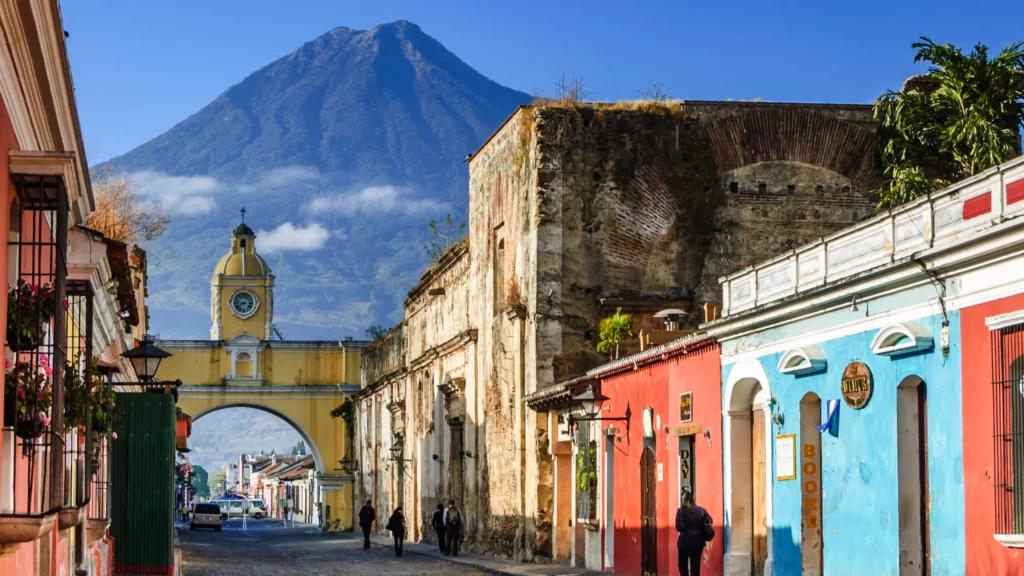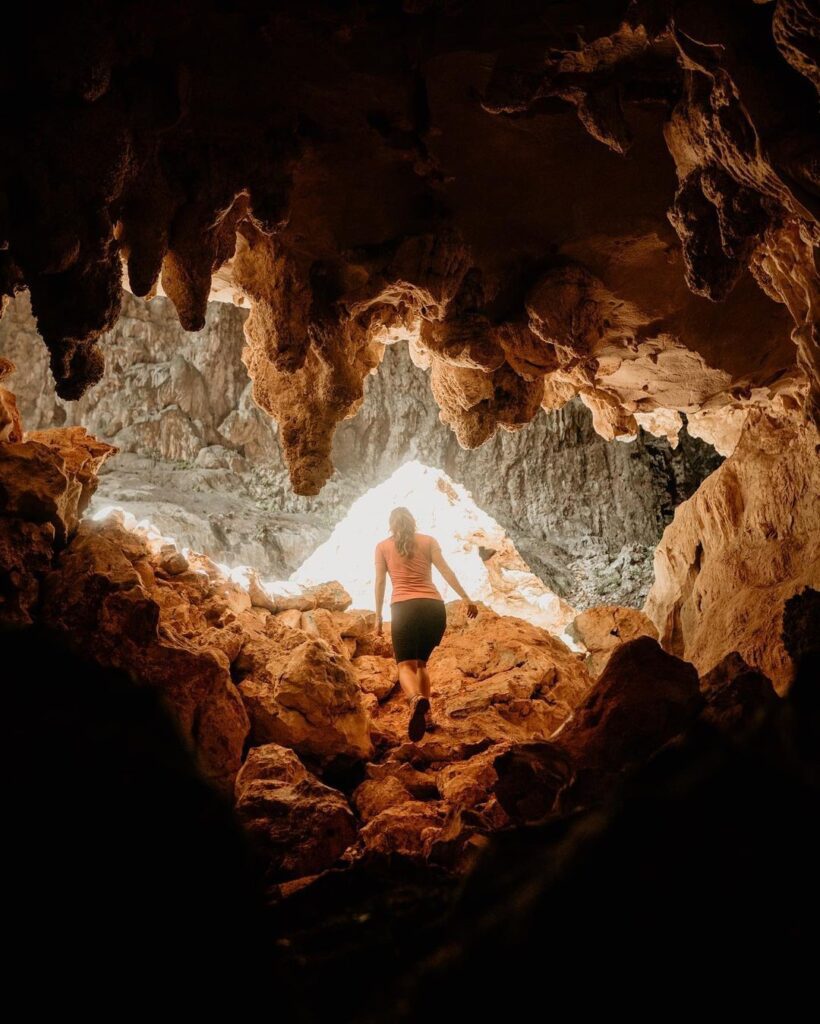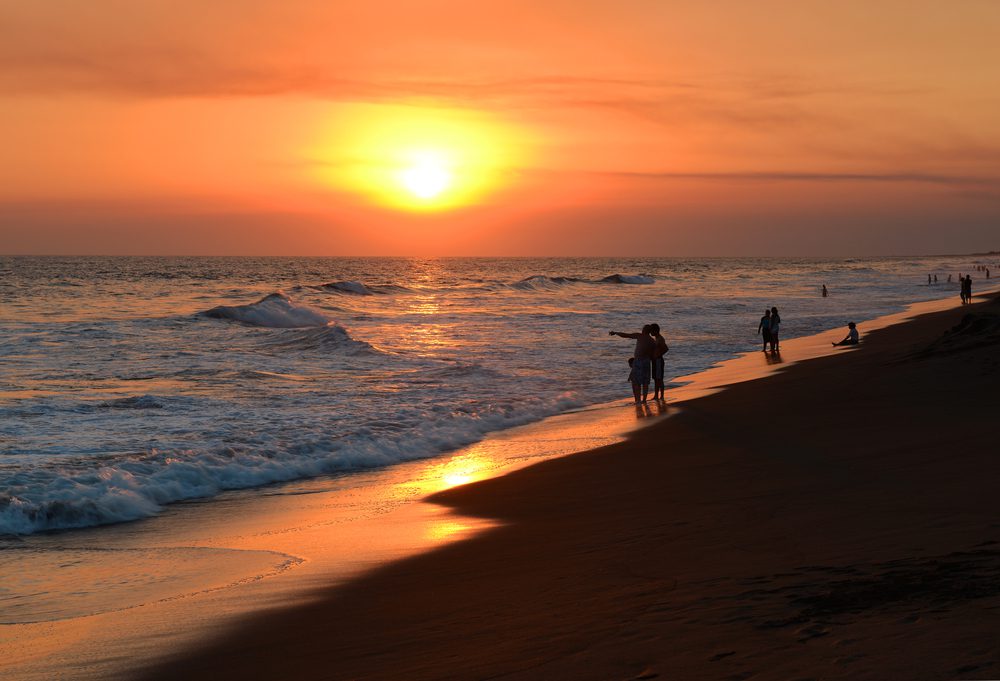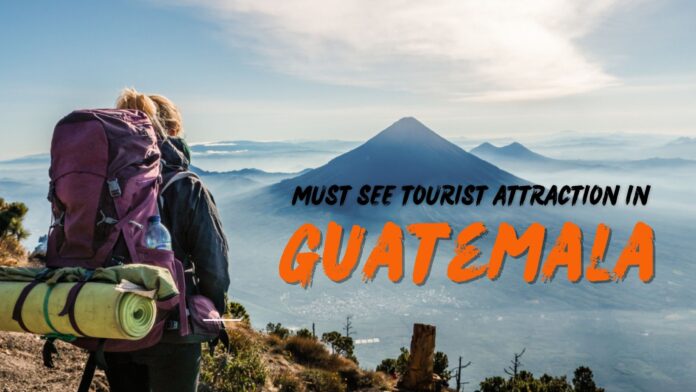When seeking a destination that has something for everyone, from adventurers and culture to beach bunnies and those in search of rest and leisure, Guatemala is a rare gem. The historical connection between Spain and the indigenous Maya has resulted in a culture that is both unique and rich.
Because of its unique history and stunning landscape, this area is packed with fascinating and picturesque attractions. Here in this blog, we’ve compiled a few of the best Guatemalan tourist spots for your perusal.

Why Does Everyone Love Guatemala?
There’s no denying that Guatemala is a fantastic destination. But what exactly draws tourists and locals alike? Let’s have a look:
Rich History
The stunning ruins seen all across the Guatemalan landscape are often the first thing that comes to mind when discussing the Mayan civilization. The Mayan Empire covered much of Central America, but its heart was in modern-day Guatemala, where many of the empire’s most important ruins and ancient remains have been discovered.
Museums
When it comes to preserving historical artifacts, Guatemala has a wealth of museums that showcase the country’s rich heritage. It’s easy to get a taste of Guatemala and its culture by visiting one of the country’s many museums, botanical gardens, or even chocolate museums.

Colorful Fabrics
In many cities, you can find beautiful fabrics of every color of the rainbow for sale on the sidewalks and in the marketplaces. These works of hand are both symbolic of and essential to the economic well-being of the Mayan people. Weaving is an old craft that was practiced by the Mayans.
Landscape
Guatemala is surrounded on all sides by magnificent, lush nature. Large tracts of the nation are covered by mountains and tropical rainforests. The coastlines along the Pacific Ocean and the little shoreline along the Caribbean Sea are both lined with black sand beaches.
Climate
The climate of Guatemala varies from region to region due to the country’s varied topography. Temperatures range from a balmy 70°F to a toasty 80°F in the tropics below 3,000 feet in elevation.
The average high-altitude mountain temperature ranges from around 50°F to around 60°F, approximately 6,000 and 9,000 feet above sea level. Like many other countries, Guatemala has both a dry and a rainy season, with the highest rainfall times being closer to the Caribbean coast.
10 Must-See Tourist Attractions in Guatemala
1. Tikal

Tikal, a Mayan archaeological site in the lowland jungle of northern Guatemala, is a popular tourist destination due to its stunning natural beauty, fascinating historical artifacts and imposing pyramids.
Tikal, whose name means “Place of Voices” in the Maya language, was once home to a thriving civilization of a quarter million people. Sadly, only stunning Mayan ruins stand as a testament to this once-great city.
Spectacular primates, apes, deer, and birds such as macaws and flamingos populate the huge wildlife preserve that encircles the city. Plan on spending at least two days exploring this natural wonder.
2. Antigua
Antigua is a must-see attraction and arguably the most beautiful city in Central America. This city, which was once Guatemala’s capital, is tucked between three volcanoes and provides a rare look at a city that hasn’t been marred by the ugliness of modern concrete and skyscrapers.
Although many structures have been repaired to their former glory, others still show signs of seismic damage. Many modern buildings, including some hotels, have artful integrations of ancient ruins. The city is home to both fascinating museums and stunning historic churches that are free and open to the public.

3. Candelaria Caves
The Candelaria Caves, found at the base of the Chama Mountains, are among the largest and most magnificent in all of Latin America. There are over 80 kilometers of caves, and about 12 kilometers of those follow the underground course of the Candelaria River.
The finding of pottery artifacts and paintings across the Candelaria network demonstrates exactly how significant caverns played in Mayan culture and supports the theory that caves are gateways to the afterlife, known to the Maya as Xibalba.

4. Semuc Champey
Located in northern Guatemala, this natural beauty has been carefully safeguarded by the country’s tourism officials to maintain its status as a top attraction. From the Cahabón River, this water comes in a variety of shades including blue, green, and turquoise. The site serves as a major draw for vacationers in the area.
The surrounding subtropical forest contributes greatly to the area’s ecological diversity. Birds, mammals, reptiles, amphibians, fish, and a plethora of tree species are just a few of the notable organisms found here.

5. Lake Atitlan
Lake Atitlan, the deepest in Central America, is home to Mayan people who have embraced Catholicism over time, making the area rich in cultural diversity and a prime destination for anthropologists. It is often listed among the world’s top 10 most beautiful lakes. There are lush forests on the surrounding hills and volcanoes of the lake, making it a great place to go hiking.

6. Acatenango
Acatenango stands about 4000 meters tall, making it one of the tallest volcanoes in Central America. However, the last recorded eruption occurred all the way back in 1972. Fuego, also known as the Fire Volcano, is located close to Acatenango. This one is much more active than the others, erupting every 20 minutes and spewing ash, pebbles, and lava.

7. Quetzaltenango
Quetzaltenango (locally referred to as “Xela”) is a lovely city that is less visited by tourists than neighboring Antigua and the quaint towns around Lake Atitlan. Xela, perched at an altitude of 2,335 meters in the Sierra Madres range, is a popular destination for people looking to get away from the tourist traps and a great place to study Spanish in a more natural setting, with its cobblestone streets and vibrant Mayan culture.
Xela is the ideal representation of modern and traditional Guatemala, as it is home to many interesting cafes, stores, and bars in addition to many historic structures and monuments.

8. Monterrico
Although located on Guatemala’s Pacific coast, Monterrico isn’t exactly a tourist hotspot. A true “escape” from reality may be found at these gorgeous black sand, volcanic beaches, where you will see significantly fewer people than at other beaches.
Only highly experienced swimmers should venture out from the beach and into the Pacific Ocean, due to the strong currents and tides that can be found there. If you’re passionate about protecting the environment, you may do your part to save sea turtles by volunteering at a local sea sanctuary and assisting with the release of hatchlings into the ocean.

9. Livingston
Livingston is a great place to experience a different side of Guatemala. Most of the country’s Garifuna people live in Livingston, which combines laid-back Caribbean beauty with Mayan heritage and Latino heritage. This seaside town is more akin to Belize than the capital of Guatemala, and it serves as a wonderful home base from which to explore the beautiful Rio Dulce.

10. Chichicastenango
Chichicastenango, or Chichi for short, is the most popular retail center in Guatemala. ChiChi, which is approximately two to three hours to the southwest of Guatemala City, is home to what is arguably the liveliest and most colorful indigenous market in the entirety of America.
Chichicastenango Market has everything you might want, including local fabrics, crafts, apparel, masks, wood-crafted products, pottery, and even firework displays. The city is also well-known for its love of partying, and it often hosts festivals, feasts, and fiestas, all of which are open to visitors.

What is the most famous food in Guatemala?
Pepian is Guatemala’s national food, and no vacation to the country would be completed without eating it. It’s on the menu of pretty much every classic restaurant out there.
How many days do you need in Guatemala?
Spend at least 10 days in Guatemala to see everything the country has to offer. There will be no need to rush as you explore the area’s lakes, volcanoes, and ruins. When you have so much free time, you learn a lot about the local culture. But even if you only have five days, you can see the best of what Guatemala has to offer. In just two weeks, you may see the country’s top attractions and get a feel for local life.
What is the best time of year to go to Guatemala?
The months of November through April, known as the dry season, are ideal for a trip to Guatemala. Temperatures in the country average about a comfortable 90 degrees Fahrenheit, making it suitable for travel at any time of year.





